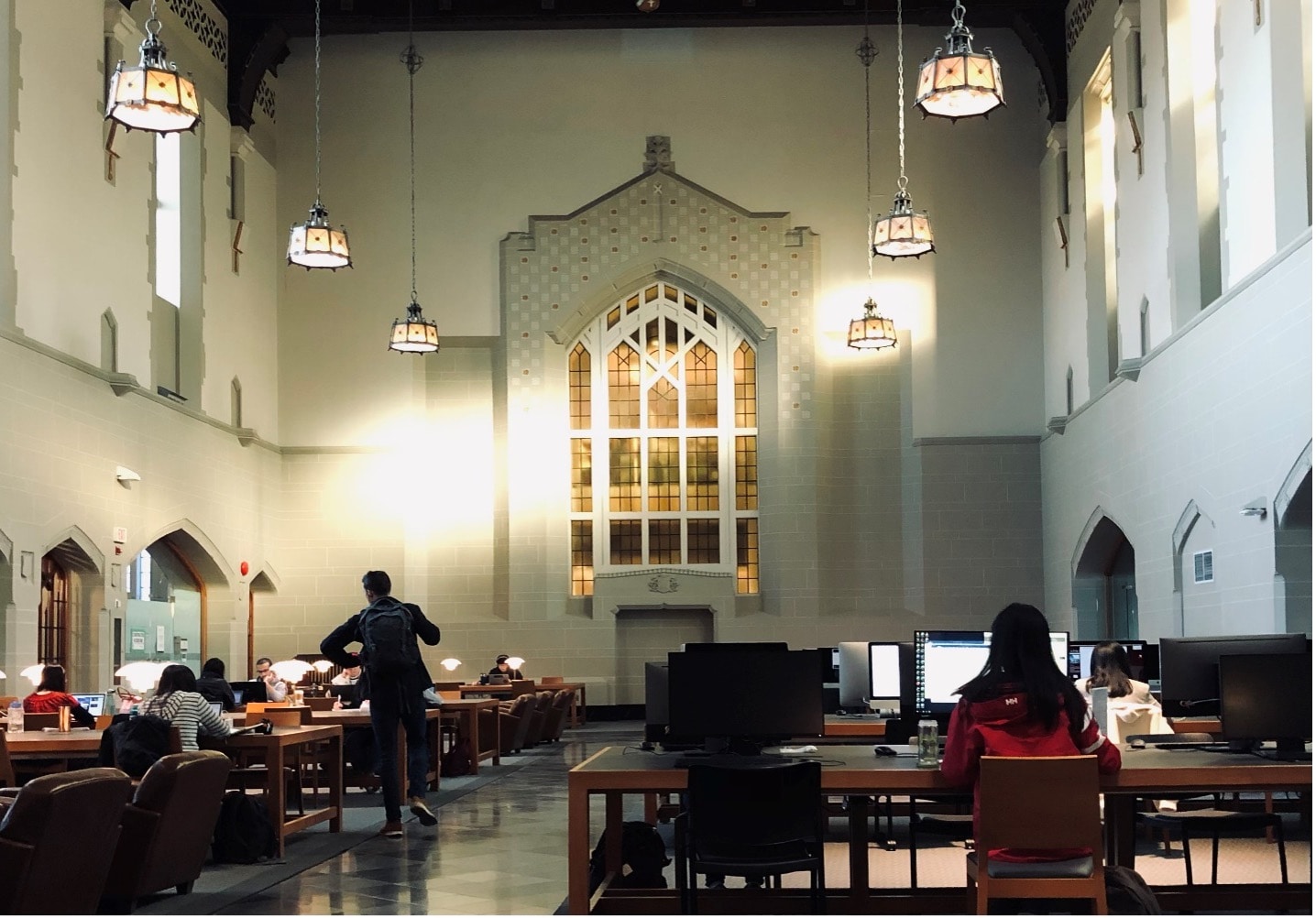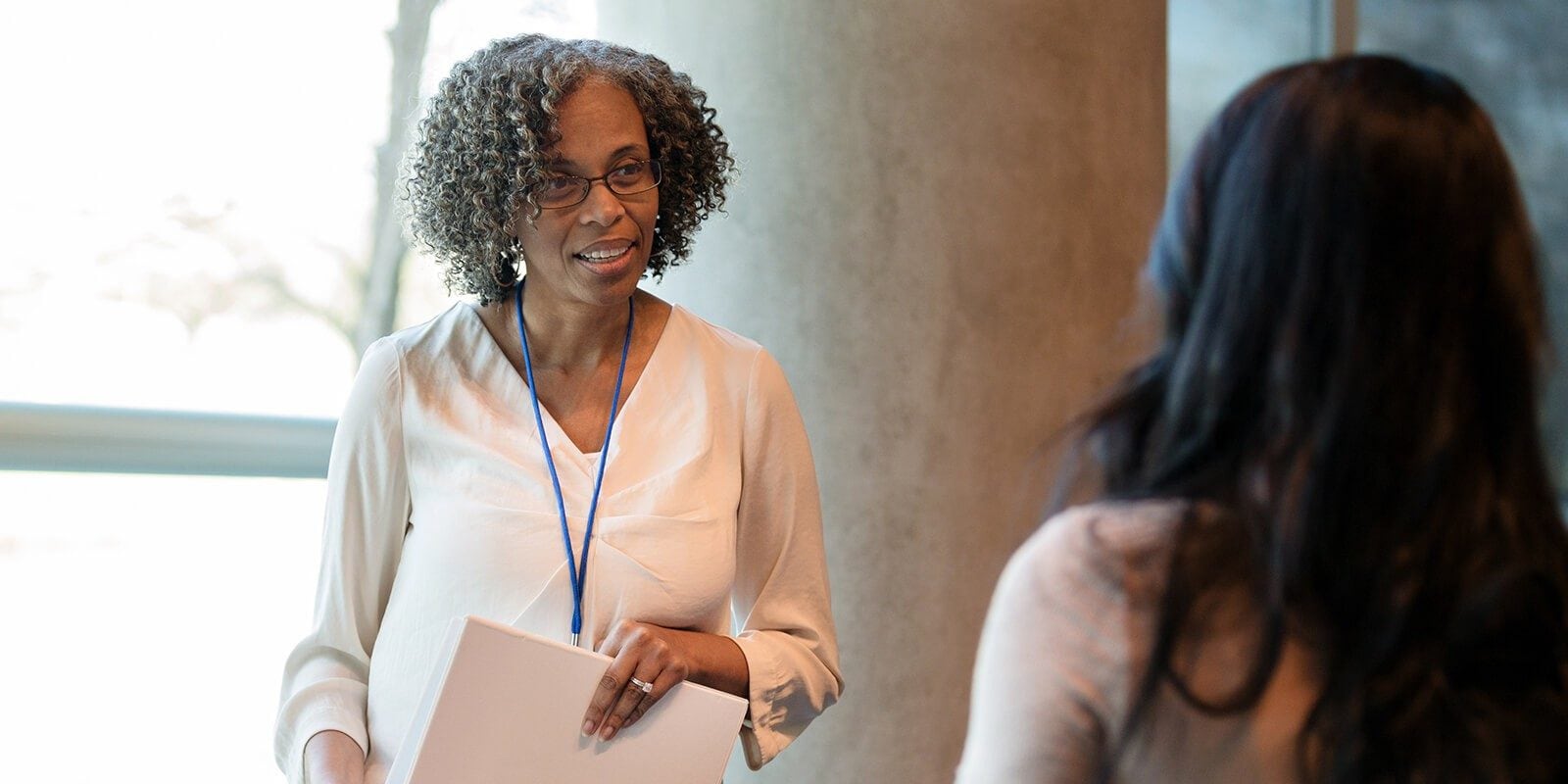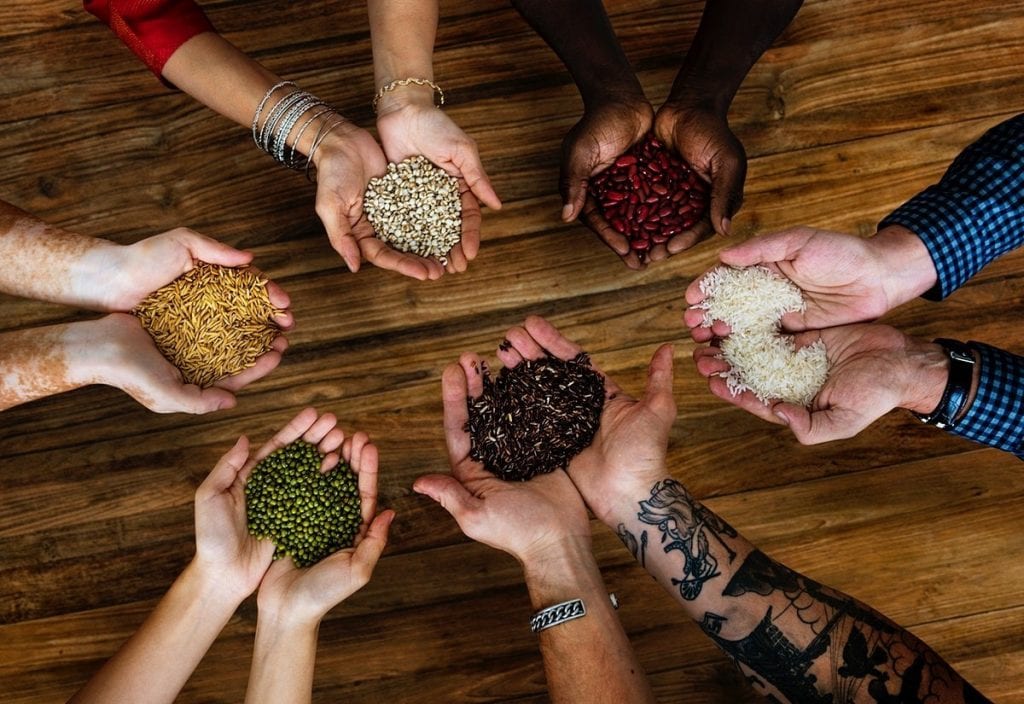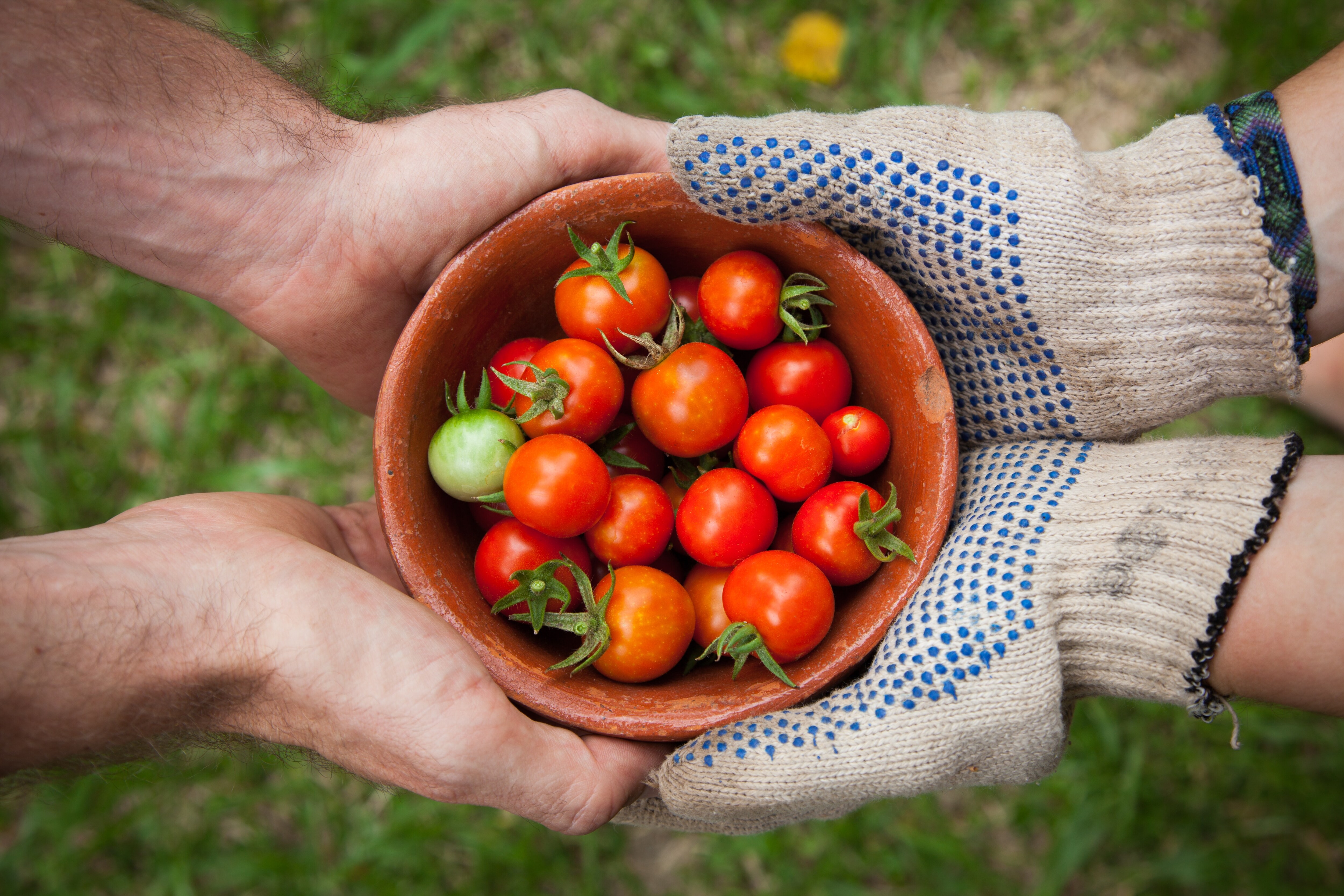
Sustaining Yourself in University: Self-Care and Avoiding Burnout
Photograph by Ann Yang
Ann Yang, student, University of British Columbia | March 17, 2022
Maintain your machinery before your machinery demands it upon you.
One of the most toxic mindsets common in post-secondary students is the idea that “I can rest after I’ve gotten my degree.” Who can blame us? When the world demands high academic achievements, strong network connections, and extracurricular success, we are bound to be overwhelmed. There are only so many hours in the day. Unfortunately, many choose to sacrifice self-care. Having a healthy social life, getting eight hours of sleep, and taking breaks became a student’s guilty pleasures. We are constantly haunted by the voices chanting “you should be doing something productive right now.” Under this mindset, we become stretched thin by all our responsibilities, and burnouts become inevitable. In this article, I will teach you how to redefine success, take care of your body, and recognize the signs of burnout.
Defining Success
Success can be defined in many ways. In the post-secondary setting, students are often judged based on their academic achievements. However, we are not solely defined by our grades. Sure, having a high GPA may lead to professional recognition and access to further education, but ultimately, it does not indicate our worth. It neglects contextual factors such as family troubles, health issues, or an ongoing pandemic while measuring only a fraction of our abilities. So, can we really say that a 95 is more successful than a resilient 60 that inspired many in their community?
Oxford Languages defines success as “the accomplishment of an aim or purpose.” While this is true for short-term goals, it is often misused when we describe a human being. When we say “success,” we often extract characteristics like wealth, power, and fame as if they are the entirety of success, but these items are never the sole purpose of one’s existence. For a student, our goal of existence is not “to have good grades.” It is ultimately to live, to enjoy living, and to help others enjoy living. It is to be at peace with our journey. Of course, the details of your aspiration depend on yourself but remember that success must root in satisfaction and happiness. It cannot exist if it is not sustainable or is reaped from a puddle of misery. Achieving your ambition should never rely on you constantly burning the candle from both ends.
Practicing Self-care
As students, we tend to limit our vision to temporary objectives and lose sight of the larger world. We neglect the long-term impacts of our sacrifices. For example, staying up late makes you more prone to falling asleep mid-lecture, your body has needs that it must meet by any means necessary. If you keep pushing yourself to the limit without tending to those needs, your body will attempt to forcefully do so itself, or it will break down.
To ensure both physical and mental wellbeing, you must properly treat your body with respect and care. Here are a few things you can do to practice self-care today.
- Eat well, sleep well, and exercise are the foundations of self-care. Listen closely to your body signal and respond with kindness. Carry a healthy snack on you, if you often get hungry in class. Find a spot on campus for a quick nap if your body craves rest. If you are too busy, try to find unique ways to fulfill those needs, like asking a friend to go grocery shopping together instead of your usual hangout activities. In your spare time, try to get some movements, however small. It can be going to the gym, jogging between your lectures, or just choosing to take the stairs to your dorm.
- Learning your destress method. Everyone is unique in their preferred destress methods. Think back to what you like to do in your free time and how it made you feel. Some people feel at peace by expressing their feelings through paintings. Others like to reflect upon their thoughts via journalism and meditation. Some go for a run; others enjoy a nice hot bath. Don’t be afraid to venture out and try new self-care activities. Once you found something that helps, incorporate it into your daily schedule and practice often.
- Building a resource kit. You may not always have the energy to help yourself. Prepare a small box with a handful of useful items for when you are feeling low. The content of the kit is often personal and specific. Some ideas include materials for destressing (like candles and chocolate), notes of affirmation, and a list of people you can reach out to in a time of crisis. Take the time to learn what resources are available to you and keep the information in your kit. It is always better to be overprepared than underprepared.
Of course, this list is not comprehensive, but it is a good starter. It is also crucial to remember that you should not attempt to perfect every item listed. It is better to move at a pace you feel comfortable with by setting small, personal, and reasonable goals.
Facing Burnout
One of the common consequences of prolonged stress is burnout. When burning out, you are emotionally drained and physically tired, unable to reach your usual level of productivity. Some common symptoms are reduced energy, motivation, and attention, as well as the feeling of helplessness, inadequacy, and frustration. You may find yourself to be procrastinating uncontrollably and experiencing a lot of detachment. While stress thrusts you into a reactive state, burnout makes you withdraw and disengage. Remember, the turning point between stress and burnout can be slow and hard to identify, so be sure to stay attentive to your physical and emotional state.
The best way to avoid burnout from the get-go is to integrate an adequate number of breaks and self-care activities into your schedule. By routinely unwinding yourself after a tough day, you are building back your capacity to handle stress. It may be easy to treat breaks as a guilty pleasure, but it is crucial to maintain your sharp mind before it demands of you.
In the event of a burnout, there is really not much you can do except give yourself adequate rest. At this stage, your body is quite physically rebelling and fighting against work, begging for a break. For example, just like how physical injuries heal over time, you cannot rush a recovery by force, but you can provide various accommodations to assist the healing. In this case, it is to accept the fact that you need a break and put down your work for a proper rest. Contact your professors for extensions, get a sick note, and take a two-day vacation. Allowing the complex machinery that is your mind to heal completely before diving back into the busy academic life is simply more efficient than wallowing in despair for a week.
Going forward, try to identify the source of your burnout and find ways to solve, limit, or mitigate the impacts. To name a few strategies, taking fewer classes, setting work-life boundaries, and developing healthy stress outlets can go a long way.
Do you have a compelling story or student success tips you’d like to see published on the Pearson Students blog? If you are a university/college student and interested in writing for us – click here to pitch your idea and get started!







